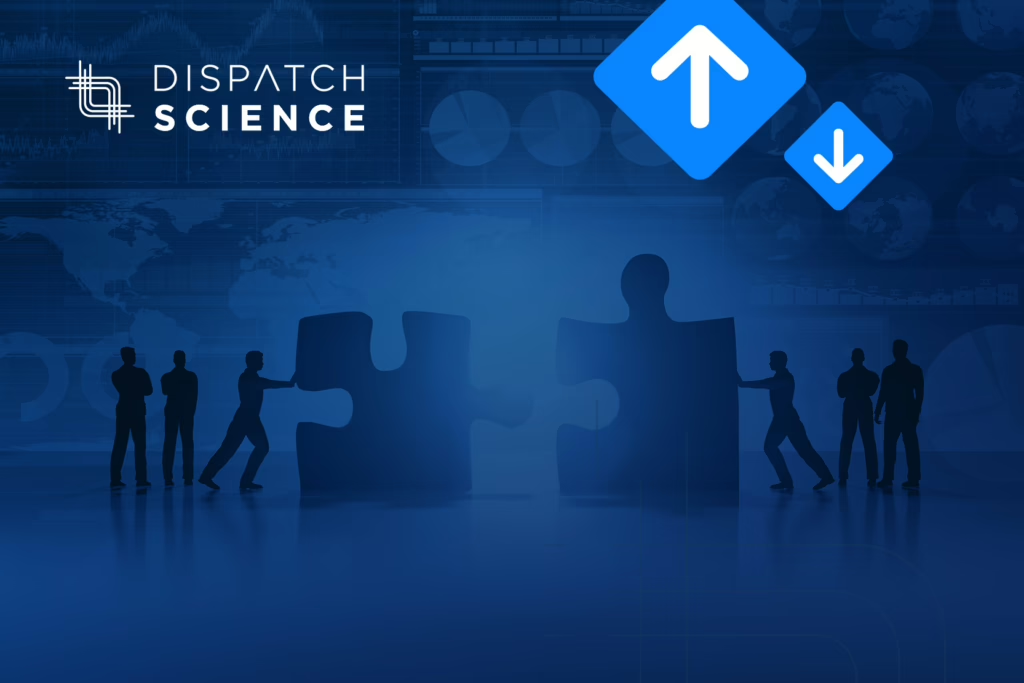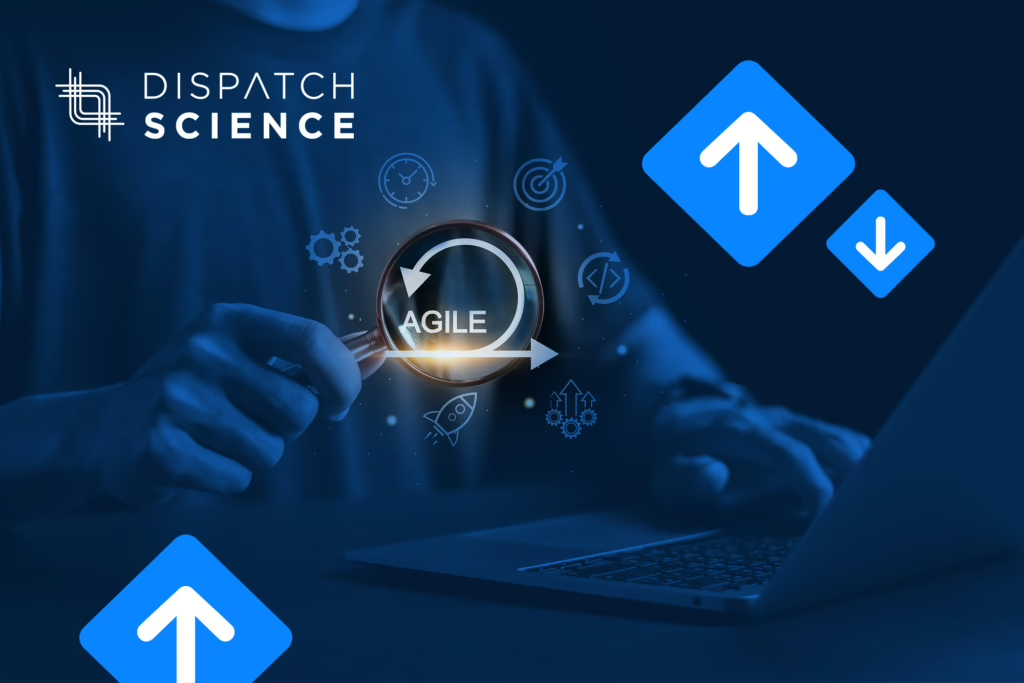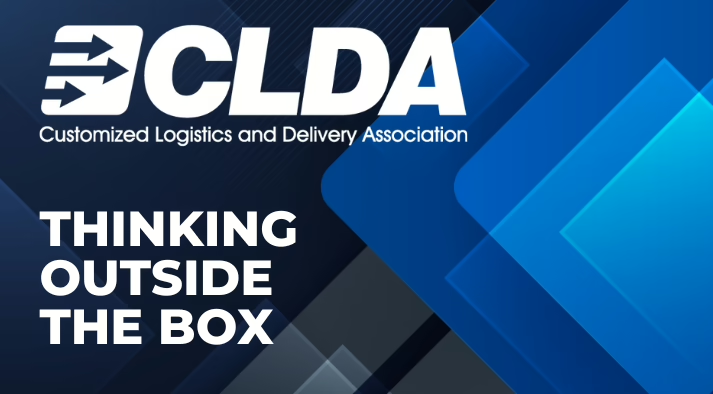By Arthur Axelrad, CEO & Co-Founder, Dispatch Science
In logistics M&A, we’re not brokers or operators—but we are often the first call when tech becomes the sticking point. At Dispatch Science, we’ve helped clients assess, migrate, and integrate operations before and after acquisitions. And one thing is clear: technology can make or break the deal. We’ve built migration plans before deals close. We’ve led post-acquisition conversions. We’ve seen firsthand what makes technology a competitive advantage—and what can make it a crippling liability.
Tech Drives Value—Even If It’s Not on the Balance Sheet
Most valuations focus on fleet, revenue, and EBITDA. But the tech stack tells a deeper story. A legacy, undocumented TMS signals risk: siloed knowledge, poor scalability, and integration headaches. A modern, cloud-based, API-ready system signals readiness, structure, and growth potential. Buyers pay for clarity—and penalize chaos.
Integration Risk Is Real—and Often Ignored
One client considered acquiring a 300-driver delivery company operating in four cities, with national reach via agent partners. The company used a homegrown legacy TMS with minimal documentation. We built a full migration plan pre-close. The deal went through, and onboarding was smooth. Two years later, they’ve standardized five more acquisitions on Dispatch Science. Why? Because they learned early: integration is where value compounds—or collapses. What started as a one-off evaluation became their scalable M&A playbook.Why? Because they learned what many still underestimate: integration is where deals either compound value—or compound problems.
Multiple TMS Systems = Hidden Cost Trap
Running multiple platforms kills efficiency:
- No shared fleet: Dispatching and load balancing become manual.
- No unified data: KPIs vanish into spreadsheets.
- No scale: More licenses, more training, more support.
- No automation: AI and optimization tools can’t work across silos.
These aren’t hypotheticals—we see them every week.
Data Visibility Is a Deal Requirement
Buyers want real-time insights—margin by market, SLA adherence, driver utilization—before they sign. Legacy systems can’t deliver. A modern TMS gives you data confidence and provides clean dashboards, audit trails, and full operational transparency through real-time views of what’s happening on the ground. Post-close, it becomes the backbone for standardization and growth.
Tech Unlocks Synergy—or Blocks It
Acquisitions are about scale, capability and reach. But with a unified TMS:
- You can route across shared geographies.
- You can centralize dispatch and customer service
- You can present a single, consistent experience to customers.
- You can manage multiple brands or terminals under one operational umbrella.
Without that? You’re just a holding company with disconnected parts.
Sellers: Modernize Before You Monetize
Thinking of selling? Start with your tech stack. Even a partial move to a modern TMS signals operational discipline, scalability, and lower risk. You don’t need a full overhaul—but showing progress matters. A phased modernization plan can boost buyer confidence and strengthen your valuation. It’s one of the smartest investments you can make ahead of an exit.
What Buyers Look for in a TMS:
- Modern architecture (cloud-based, API-enabled, mobile-friendly)
- Operational visibility (real-time tracking, standardized KPIs, clean reporting)
- Scalability (multi-terminal, multi-hub, multi-brand capable)
- Automation tools (dispatch optimization, rule-based workflows, client self-serve)
- Data integrity (structured, centralized, and export-ready)
- Ease of integration (with their existing systems and processes)
Buyers: Bring Tech to the Table Early
Involve your TMS provider before the deal closes. Technology due diligence should be part of your early assessment—not a post-acquisition scramble. At Dispatch Science, we’re often brought in within days of a client expressing interest in a target. We assess what it will take to consolidate systems, align workflows, and scale efficiently.
Knowing the tech lift upfront prevents surprises—and builds confidence that the deal can scale, not just close.
What Buyers Should Ask in Tech Due Diligence:
- What TMS is currently in use, and how modern is it?
- Are dispatch, driver, and customer tools integrated—or siloed?
- Can we extract and standardize data across locations?
- What will it take to consolidate onto our current platform?
- How soon can we unify reporting, routing, and customer experience?
Cybersecurity and Compliance: Silent Deal-Killers
Another critical—but often overlooked—aspect of due diligence is cybersecurity. Legacy systems may lack even basic protections—unencrypted data, weak access controls, or no audit logging. In today’s environment, that’s a red flag. Buyers are increasingly scrutinizing data security during M&A, and poor posture can stall or kill a deal.
A modern, Cloud-first TMS offers enterprise-grade protections by design: encrypted data at rest and in transit, role-based access, continuous monitoring, and built-in redundancy. It’s not just a tech upgrade—it’s a risk mitigation strategy that gives buyers peace of mind.
Final Word: Tech Is the Skeleton Key
Technology determines how fast you integrate, how well you operate, and how far you can grow. From valuation to integration, from operations to compliance, technology weaves through every stage of a transportation M&A. It’s not just a tool—it’s the infrastructure of the future business. Treat it as such, and you’ll unlock real, scalable value. The best logistics companies see Tech as a strategic asset—not an afterthought. And they bring us in early.




